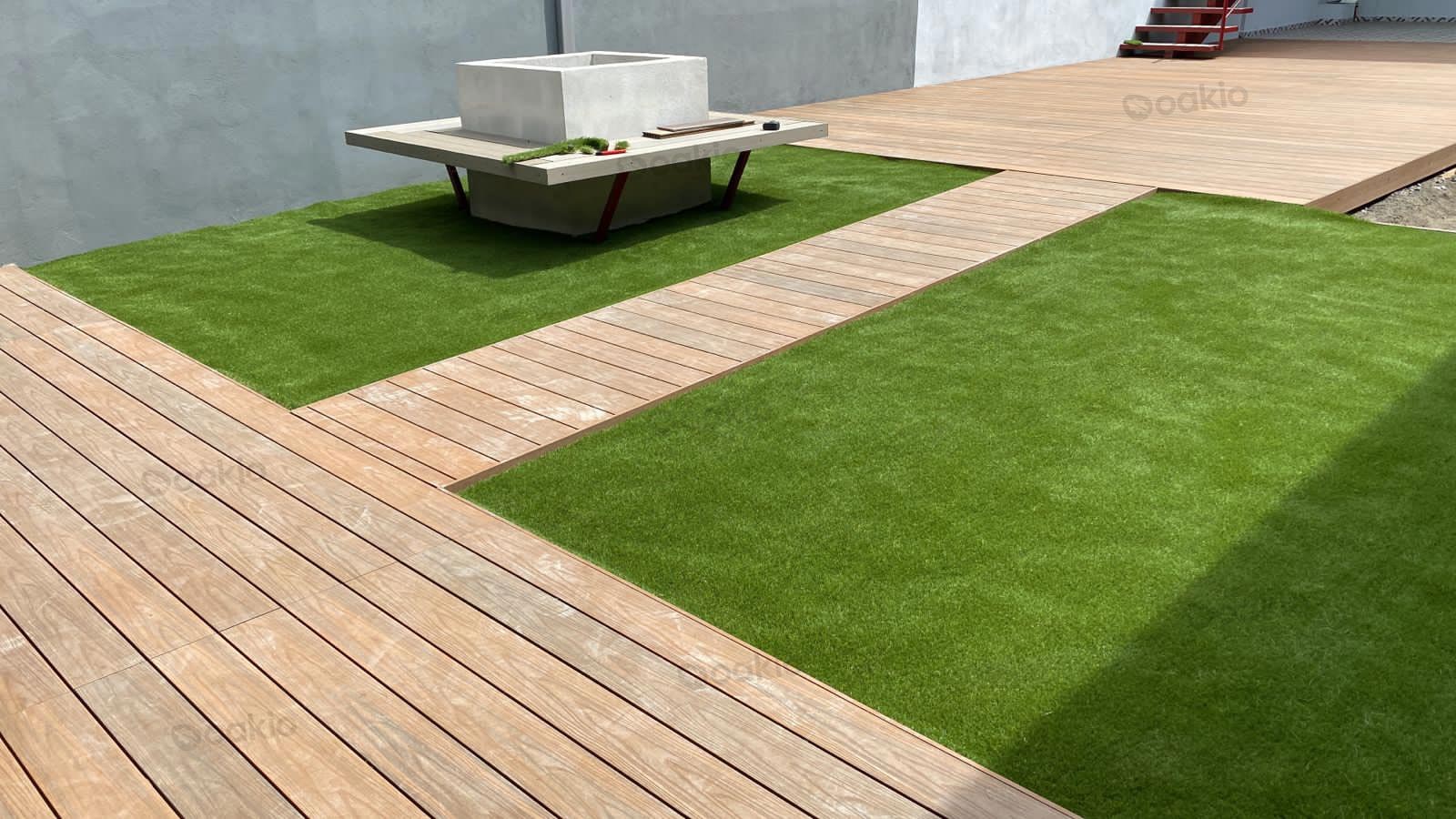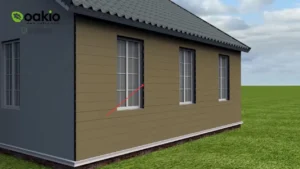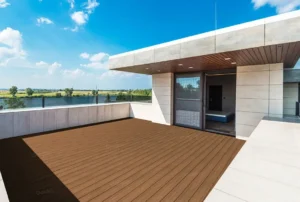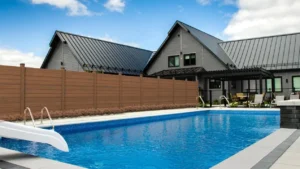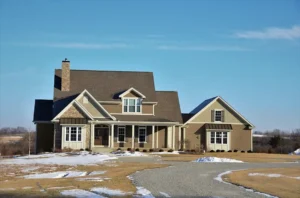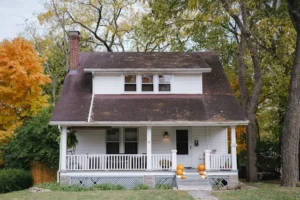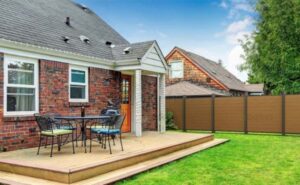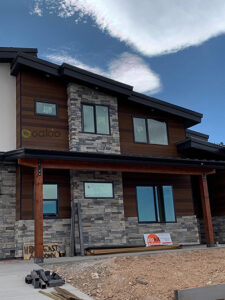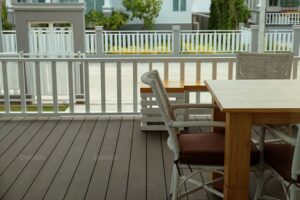Is WPC Decking Slippery?
Slipperiness is a major concern for any flooring, especially in wet or icy conditions. Hence, when it comes to wood-plastic composite decking (WPC decking), many people may wonder: is WPC decking a kind of anti-slip decking? Is WPC decking slippery or slip-resistant? On the one hand, slipping accidents on floors pose serious safety concerns, especially in areas like poolside composite decks or humid environments. On the other hand, no one would like to fall on a slippery deck. Therefore, determining the slipperiness of composite decks is essential for ensuring safety.
While traditional wood decking offers undeniable aesthetic appeal, it can become slippery and treacherous when wet, posing a significant safety concern. The quest for a slip-resistant composite decking solution drives homeowners to explore alternatives like WPC decking which emerges as a revolutionary alternative, boasting exceptional anti-slip properties that ensure a secure and comfortable haven for all.
Is WPC Decking Slippery?
For many homeowners, the safety of their living space is a top priority. When it comes to decking materials, concerns about slipperiness can be a major deterrent. Traditional wood decking, while aesthetically pleasing, can become slippery and treacherous when exposed to rain, sunlight, and the growth of mold which causes surfaces to crack, rot, and become dangerously slippery.
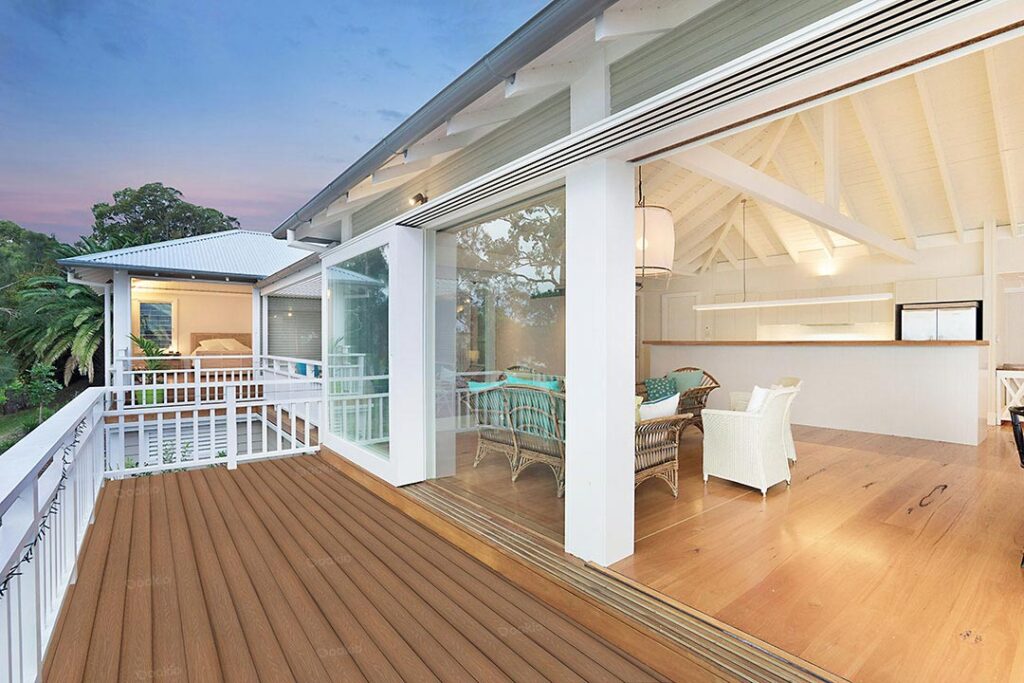
However, WPC decking, a revolutionary composite material composed of wood fibers and plastic, is a kind of non-slip composite decking that offers an exceptional solution to these safety concerns. WPC decking is a type of flooring that combines plastic and wood fiber to create a durable and attractive material. This revolutionary material presents an effective remedy to safety apprehensions. WPC decking has many advantages over other types of composite decking, such as PVC or HDPE, in terms of slip resistance. Also, unlike its wood counterpart, WPC decking boasts outstanding anti-slip decking properties, making it a safe and secure choice for families with children, pets, or anyone concerned about potential falls.
The use of wood-plastic composite decking namely WPC decking offers a reliable solution to these safety issues. This durable, low-maintenance and anti-slip decking material eliminates concerns about cracking, rotting, and the need for frequent painting, ensuring a safer environment for users.
Why is WPC Decking Slip-resistant?
Among so many slip-resistant composite decking, why is WPC decking so distinguished? Why is WPC decking slip-resistant? Supported by the report and the research, the slip-resistant nature of WPC decking is mainly due to its unique composition, moisture resistance, enhanced slip-resistance performance, and anti-slip surface texture.
Unique Composition of WPC Decking
WPC decking is engineered to resemble wood while being composed of high-density plastic and wood fiber, enabling a blend that offers excellent slip-resistant properties. The plastic component of WPC decking is usually high-density polyethylene (HDPE), which is a strong and resilient material that can withstand harsh weather conditions and resist fading, cracking, and warping. The wood component of WPC decking is usually wood flour or sawdust, which are by-products of the timber industry that would otherwise end up in landfills. The wood fiber provides a natural look and feel to the decking, as well as adding strength and stiffness to the plastic.
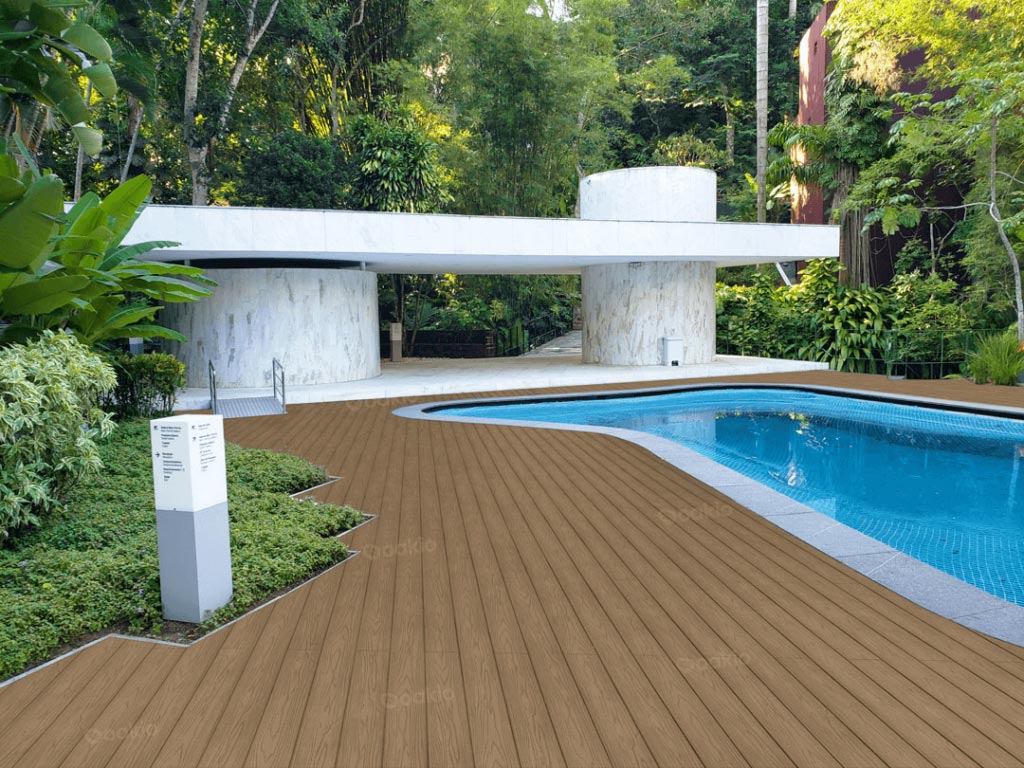
Moisture Resistance of WPC Decking
One of the main reasons why WPC decking is less slippery than other composites is its moisture-proof properties. Most wood-plastic decking has a high water resistance, which means it does not absorb water or swell when exposed to moisture. This significantly reduces the risk of slipping compared to other composite materials that may become slippery when wet.
Enhanced Slip-Resistance Performance of WPC Decking
Another reason why WPC decking is more slip-resistant than other composites is its enhanced slip-resistance performance. This slip-resistant composite decking is designed and manufactured to have a high friction coefficient, which means it provides more traction and grip for the feet. This is achieved by the specific composition of high-density plastic and wood fiber, which creates a rougher and more textured surface than other composites.
Anti-slip Texture of WPC Decking
WPC decking’s texture is also a key factor in its superior anti-slip performance. Unlike some wood-plastic floors that have smooth and glossy plastic-coated surfaces, the non-slip composite decking has a more natural and realistic wood-like appearance. The blending of plastic and wood creates a surface that mimics the grain and texture of real wood, which offers more slip resistance than a smoother surface.
In conclusion, WPC decking is not slippery, but rather one of the safest and most reliable options for indoor and outdoor flooring. WPC decking’s moisture-proof, slip-resistant, and textured features make it an ideal choice for anyone who wants to enjoy their anti-slip decking without worrying about slipping and falling.
Ways To Help Prevent WPC Decking From Being Slippery
There are many effective ways to help prevent WPC decking from being slippery. Two useful way to help prevent WPC decking from being slippery is to keep your composite decking dry and ensure proper drainage.
Keep Your Composite Decking Dry
Keeping your non-slip composite decking dry is crucial for preserving its slip-resistant qualities, as well as its overall appearance and durability. When your decking is wet, it can become more slippery, as the water reduces the friction and traction between the surface and the feet. Moreover, when your anti-slip decking is constantly wet, it can also cause mold, mildew, algae, or moss to grow on your decking, which can make it even more slippery, as well as damage its color and texture. Furthermore, when your decking is exposed to moisture for a long time, it can also cause warping, cracking, or fading, which can affect its structural integrity and aesthetic appeal.
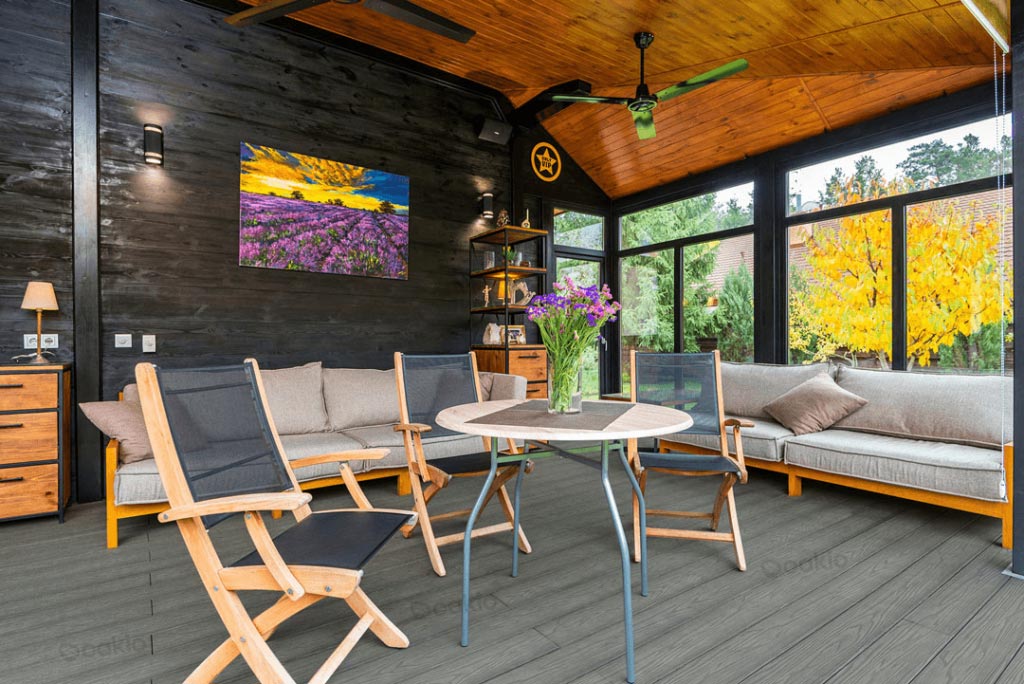
Ensure Proper Drainage
Another way to help prevent WPC decking from being slippery is to ensure proper drainage. This means that you should have a good drainage system that allows the water to flow away from your decking surface. A good drainage system should have a slight slope or gradient that directs the water toward the edges or corners of your decking area, where it can be collected and drained. You should also avoid having any gaps or cracks on your decking surface, as they can trap water and create puddles. You should also regularly clean and maintain your slip-resistant composite decking, removing any dirt, debris, or organic matter that can block drainage or cause slippery patches.
Ensuring proper drainage is important for supporting the inherent slip-resistant nature of WPC decking. WPC decking has a high water resistance, which means it does not absorb water or swell when exposed to moisture. This prevents the surface from becoming slippery, unlike other composite materials that may become slippery when wet.
Conclusion
In conclusion, WPC decking stands as a testament to safety and reliability in indoor and outdoor flooring. As a kind of anti-slip decking, WPC decking’s inherent slip-resistant nature, attributed to its composite composition, moisture resistance, superior texture, and enhanced slip-resistance capabilities, ensures a composite deck that is both secure and durable. So the non-slip composite decking is safe and reliable in indoor and outdoor flooring. Oakio‘s non-slip WPC decking is a prime example of this reliability, ensuring a secure and stable surface for all. The slip-resistant nature of Oakio WPC decking makes it an ideal choice for anyone prioritizing safety and reliability in their spaces.
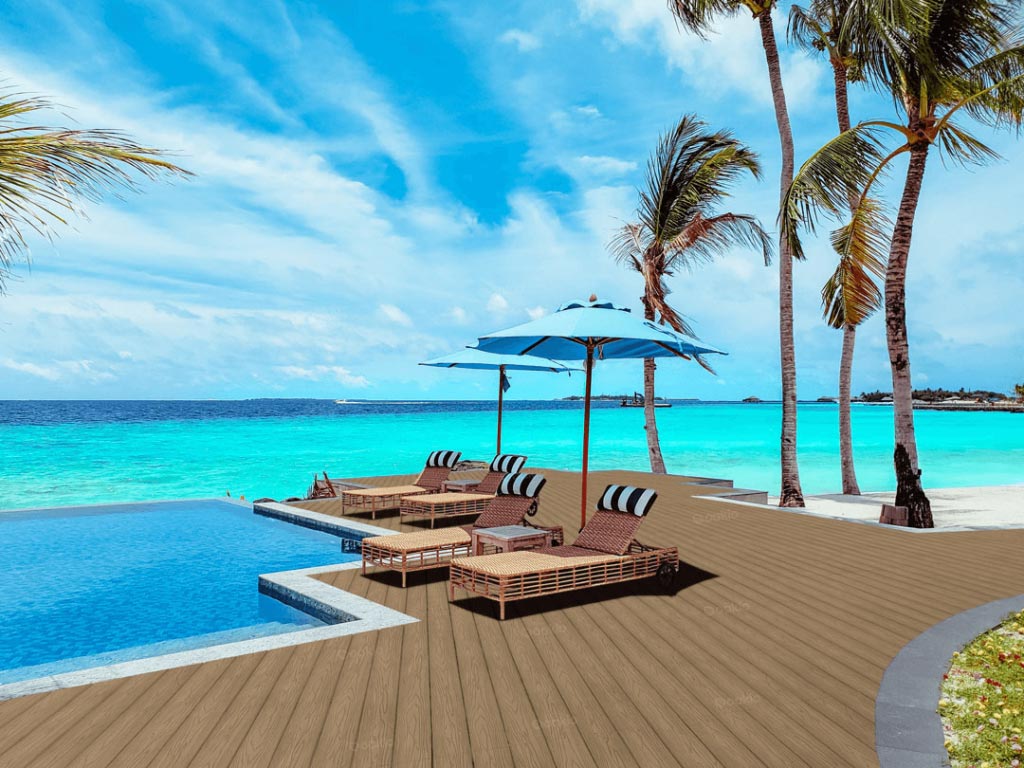
In essence, WPC decking isn’t just non-slip. The slip-resistant composite decking stands as one of the safest and most reliable options for outdoor flooring. Its engineered design, moisture-proof properties, and textured surface collectively offer a secure environment, ensuring users can enjoy their deck without worrying about potential slips and falls. By incorporating simple maintenance practices and ways to help prevent WPC decking from being slippery, such as maintaining dryness and proper drainage, homeowners can further enhance the anti-slip performance of their WPC decking, ensuring a lasting and worry-free outdoor experience. So, embrace the confidence of non-slip decking and unlock the enduring appeal of WPC for your living space.
Trending Reading
What Are the Differences Between the WPC Board and PVC Board?
[2024 Update] How Long Does WPC Decking Last?
